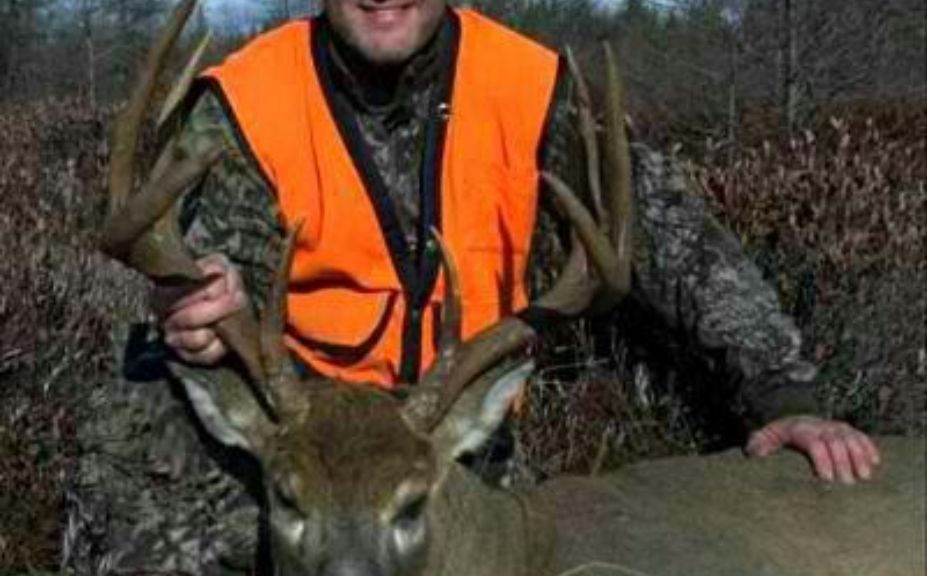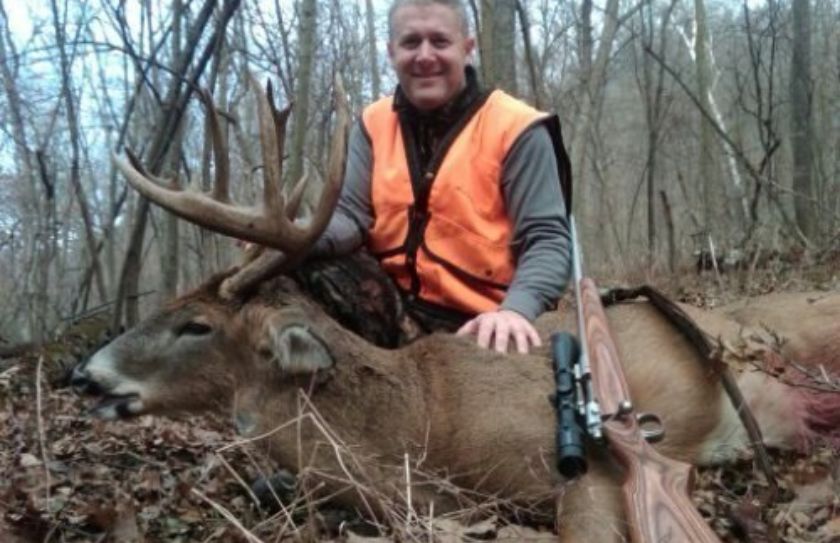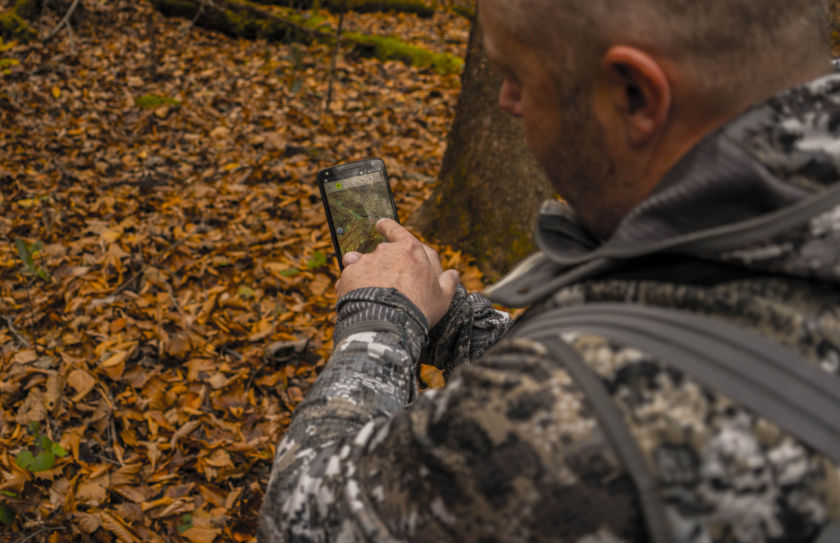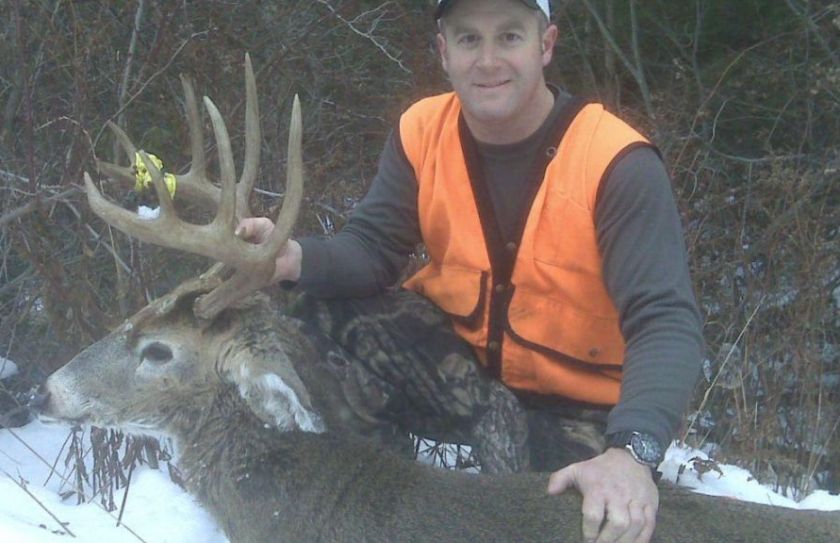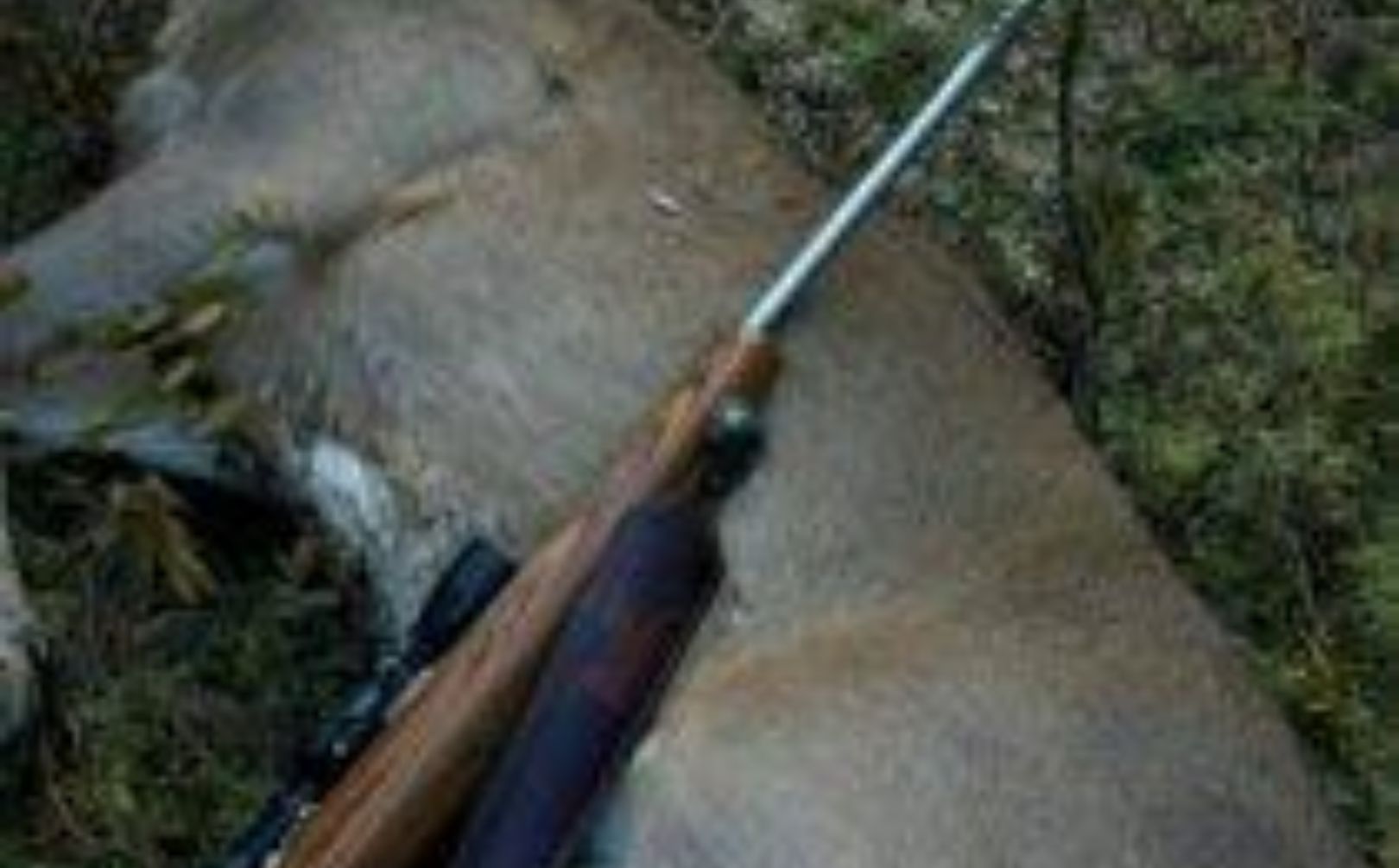
I’d like to teach you how to take advantage of a public land deer drive! You don’t drive deer? Well, neither do I. And in many public land locations, most hunters don’t drive either…at least knowingly. Here is a list of public land deer drives that you can take advantage of and after you read through several of these, I will look forward to telling you how to actually apply it to your hunting routine and get a shot at big bucks on public land.
1. Pre-season scouting: In the 2 weeks prior to the season opener you can bet your favorite deer rifle that every dead end, back road, turn around site will be completely trampled with hunters. Keep in mind that mature bucks have a memory of several weeks concerning human intrusions so whether its the 4th week of October or the day before the season it definitely serves to repel mature bucks from the area. If there is enough space for an older buck to go find a secluded spot to hide you can count on him traveling a 1/4 mile or more to relocate his activities.
2. Bait pile refills: Imagine hunters finding a good spot at the end of a 2-track during the first couple weeks of November while repelling mature bucks for several weeks at the same time, out of the general area. Then, many of these same hunters repeat the process every day or two to add feed to the bait pile. Knowing where hunter bait piles are at in your area can often be the #1 method to determining exactly what areas that mature bucks will be driven from. Its not the food that is the problem, or even the attraction TO the food that leads to success, but instead the consistent deer drive that takes place every single time a pile is replenished.
3. Remote cabin start-ups: Many hunting camps are used throughout the year…winter sports, a few fishing vacations, and a couple of pre-hunt cleanups. But really, overall, not more than several weeks at best a year. All of a sudden its November 10th and generators are screaming, voices around the campfire are booming, and vehicle noises rival that of the peak of summer traffic during the 4th of July. Kind of like a good dose of deep woods off to keep the skeeters at bay…they still hover close by, but definitely stay away.
4. And of course what deer drive wouldn’t be complete without a good old fashioned deer drive? I was in Ohio for the late season four day muzzleloader hunt in early January. The hills were tough, 8 miles of walking a day was the rule…and local deer drives of close to 30 hunters were common during all firearm seasons. Upon arrival we ran into a local that informed us of this occurrence in a particular area, but to scout the area, see it, hear and experience it first hand was another eyeopening story. Mature buck sign was evident in most areas, but the closer we got to the “driving zone” the sign significantly diminished. Apparently any legal buck was a good buck to shoot during these drives or at the very least the activities of the drivers were powerful enough to repel any potential mature buck population over the next ridge. The drives lasted for two days in which we saw roughly a handful of deer each. However, on the 3rd day I positioned myself within a deep hollow that included several points that funneled deer from the drivers to the east. Although there were no mature bucks to shoot, my sightings went from 5 a day to 22 and there was not a doubt that the local activities relocated a substantial amount of deer.
5. Small game hunters, fisherman, and leaf watchers also all play an unknowing part in annual deer drives. I know, these are not all the conventional deer drives of the past, but some are incredibly effective at driving deer for several weeks or more. I have a simple “formula” for using this to my success. Within areas of plenty of room to roam…typically where seasonal roads are a couple of miles or more apart, and/or where harsh walking conditions exist, safe zones for the local mature buck herd can be found. In the UP where I hunt and even in the rolling hardwoods of northern PA I have found that it typically takes a good 1/2 mile distance from most “deer drives” to begin to have enough distance to produce a safe zone. Simply draw a 1/2 mile line towards the center of a possible safe zone from every suspected bait pile, dead end road, cabin, deer drive, fishing hole, or any other human intrusion and what is leftover in the middle is what you are left with to hunt. If there is no acreage left to hunt…move to another spot. If there is no chunk of land within the area large enough…change counties, or even regions of the state. I have a hard time enjoying the hunt without a little elbow room on public land, but due to todays common hunting practices I’ve found that elbow room is fairly easy to find going all the way back to hunting Pontiac State Recreation area land in the late 80s.
Once you find your little safe zone that mature bucks can be driven to…hunt the funnels, benches, and other natural deer movement features, while using large blocks of boring deer terrain as your access and downwind capturing area for stand locations. When scouting, take a hard, backdoor, uncommon low-deer population entrance to the area and avoid leaving any people sign for other hunters to follow. Also…old and historic deer sign is better than “current season only” deer sign because you are looking for mature buck movements that are traditional. This is why I like a quick and defined scouting trip just prior to the season and although historical old sign is better than this year’s single occurrence….fresh mature buck sign on top of historical old sign is an incredible find!
In most of these areas I find my best hunting is in the first week or 10 days of the season, as eventually bucks slowly migrate with the rest of the herd back towards the deer drive areas that traditionally feature a decent food supply, and ever dwindling hunter activity.
Are you having a hard time patterning mature bucks on public land? If so, try patterning hunter movements first and their effect on the the local deer population. I personally have found that if you can pattern hunters…the locations to pattern a mature buck become much more defined, and you can experience a significantly higher percentage of success while letting other hunters drive deer right into your lap.
